FoilFlex interlinks and speaker Cables
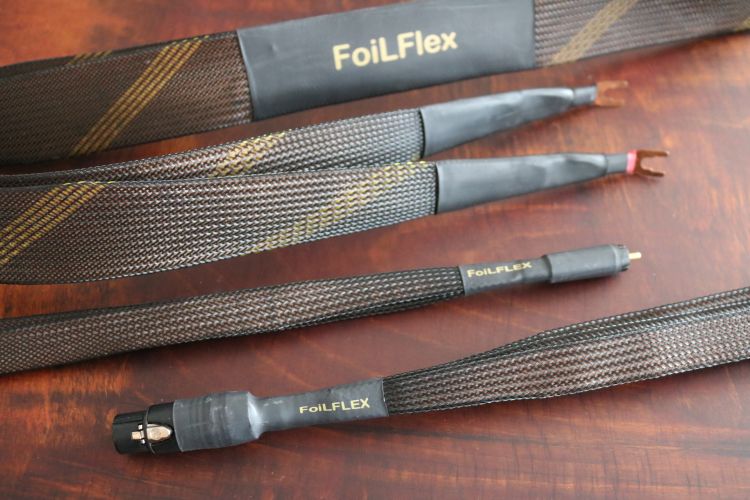
Review sample supplied by FoilFlex
Retail prices:
Loudspeaker cables per pair
1,0m: 900 USD
2,5m: 1200 USD (as reviewed)
Cinch Interlinks:
0.5m: 450 USD
2,0m: 600 USD (as reviewed)
XLR Interlinks:
0.5m: 530 USD
2,0m: 740 USD (as reviewed)
Other lengths available
FoilFlex is a new brand of interlinks and speaker cables, produced by a company headed by Mike Lenehan. The brand name may be new but the company was already active prior to releasing its own line of cables. Mike has been designing high-end products since 1997 and his company is also the manufacturer of Curious cables which they build in Australia on behalf of Rob Woodland.
FoilFlex sells high-quality state-of-the-art cables exclusively through a family-owned and -operated business. This review will cover the entire range of loudspeaker cable, cinch interlink and XLR interlink, all of which are made to provide very high performance as well as great value. The perception is that High-End equals High Expense, and often, that holds true but FoilFlex aims to do things differently. Mike explains:
If we sold the 2.5-meter FoilFlex cables through retail channels they would cost around US$6000 per pair. We prefer to be able to reach a wider audience of interested clients directly through our website. In this way, there are no hidden markups for tons of advertising and miles of marketing dribble. This lets us sell our 2.5-meter cables at a more accessible price of around US$1200, backed by our No Questions Asked 30-Day 100% Money Back Guarantee.
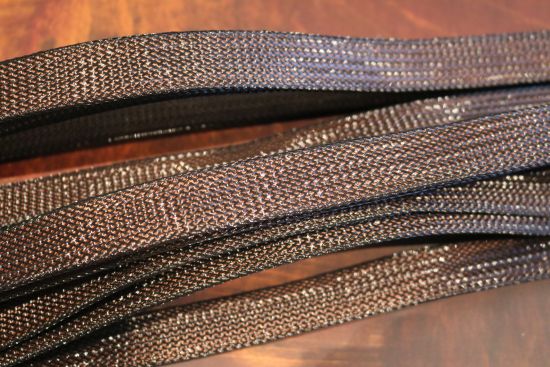
The first thing that I noticed when unpacking the cables is their build quality. All the ends are exactly the same length, there are no stress points or warps in the sleeves anywhere and all the connectors are attached in the same manner and, importantly, with the XLR connectors in a consistent orientation. You’d be surprised how often XLR connectors are attached in a reversed orientation, necessitating a warp in the cable when connecting them between two stacked components. Worse, I’ve even encountered 180-degree differences between the left and right cables. None of this is the case with the FoilFlex cables.
The FoilFlex website does not list any information with respect to the materials but what I know is that a copper foil is used for the conductors. The connectors are gold-plated such as the Neutrik XLR and the Bullet Plug cinch. The speaker cable spades and bananas appear to be non-plated pure copper or a copper alloy. Prior to shipping the cables to me, they were burnt-in at the factory for 100 hours which thankfully reduced the running in time on my end. All that the cables needed was to recover from being wrapped in the packaging followed by a very small amount of warming up. Before using them I left them spread out on the floor for a couple of days and in use, I noticed only a marginal improvement over the first couple of hours.
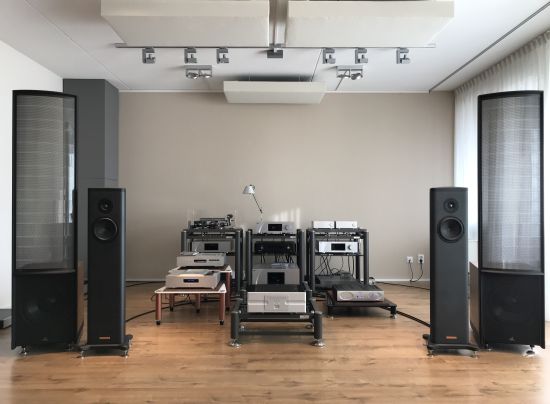
Interlink Listening
My first listening was done in the main system using the Aqua La Diva CD transport, Aqua Formula xHD DAC, the CH Precision L1 and A1.5 preamp and power amp and Martin Logan ESL15A speakers.
I started my Foilflex assessments with the interlinks. The Aqua has totally independent output boards for the cinch and XLR outputs and with both the XLR and cinch cables attached, I could easily switch on the preamp to hear the differences. The output boards are identical save for the coupling transformers in the balanced path. Because of these transformers, the XLR outputs sound different from the cinch outputs(sweeter and rounder) and the FoilFlex cables relayed these differences perfectly.
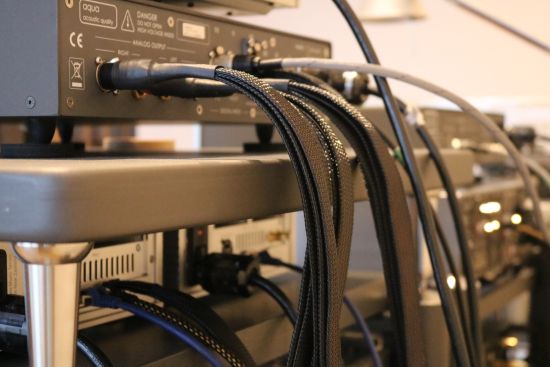
I kind of expected the FoilFlex interlinks to sound very linear and very neutral and they do indeed. They are also open and airy and articulate but not overly tight. Contrary to expectations, however, there is not only very good speed and articulation in the bass but the sound is also full and solid, with really excellent bass. There is no thinness here! Regular readers know what emphasis I put on the bass. Simply put, it is the foundation onto which the rest of the spectrum builds. And when there is something amiss in the bass, I find it hard to enjoy the performance, no matter how great it otherwise is but the FoilFlex cables have passed this first and very important test. The bass has plenty of weight but it is fast and nimble and very well at tracking changes in speed and rhythmic expressions, in particular, can be followed with ease.
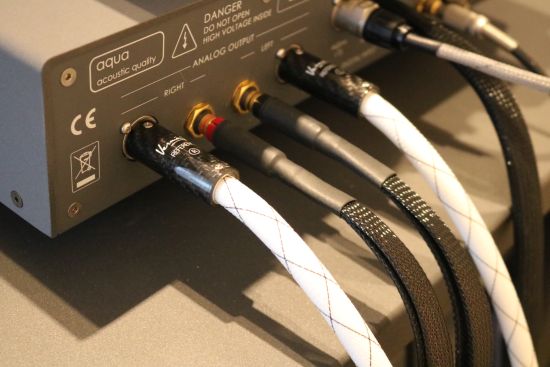
Of course, the bass is only part of a cable’s performance. Another prejudice against flat cables may be a lack of saturation, the feeling that the cable is tonally flat. This, too, is not the case. Trust you me: the FoilFlex cables sound tonally every bit as rich as the recording requests. Tracks that I know to sound meaty or lush sound precisely as they should.
While the bass may be a decisive factor, the treble is often also where a cable can go wrong, sounding either too dull or too edgy. The trick is to strike the right balance and to present an open window to the music without imposing any blur or hardness. Here, too, the FoilFlex cables perform flawlessly. The treble is fast and articulate, as well as open and airy yet not at all hard or edgy.
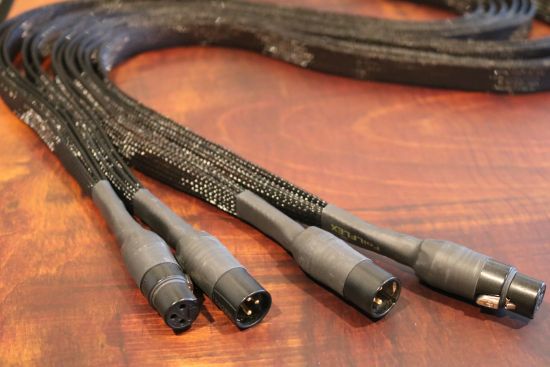
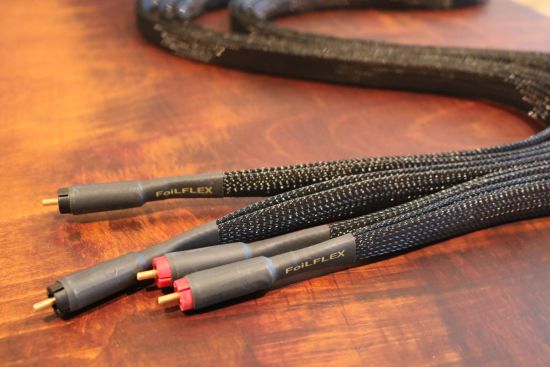
There are cables that pull a performance apart, dividing it into sections where some bits sound great and others seem to be disjointed from the performance. Such cables can sound steller with some recordings only to be exposed with other recordings. The FoilFlex cables have no such pitfalls, their sound is very coherent and fast and open from top to bottom. A hallmark of a great cable is that I forget to take note at a certain point during my assessments and just listen to the music. This is what happens with the FoilFlex cables. Once connected, they can just remain in place, never to be given a second thought again… unless… unless one intentionally wants to color the sound one way or another.
The 1330-euro Vermouth Reference interlinks, for example, have more character of their own which can actually work very well depending on the circumstances. While I prefer neutrality, you won’t hear me advocate that only the most neutral cables are always the best choice. It really depends on the system and on personal taste. A cable can sound warm, lean, cool or voluptuous and that can all work but if a cable sounds disjointed then it will inevitably cause dissatisfaction sooner or later. Fortunately, this nis not the case with the FoilFlex cables. They are not only extremely neutral and transparent but they also sound incredibly coherent.
The Vermouth Reference interlink has a chunky and tonally very full sound compared to just about any other cable. Regardless, it has a solid, fast and articulate delivery. I mention this cable because it sounds very diffrent from the FoilFlex cables. It’s almost as if these two cables’ physical appearances are mimicked in their sound. Compared to many other cables, such as the much more expensive Cardas Clear, the Vermouths sound more articulate and direct but compared to the FoilFlex cables, the Vermouth initially seems to mask a small amount of transient attack and immediacy. But further listening confirms that it is not detail or resolution per se but more the more “immediate” manner with which the FoilFlex cables deliver these details. The Vermouth just sounds thicker and the FoilFlex cleaner. The latter makes sounds start more suddenly and with more impact. The Vermouth counters with a meatier sound and, indeed, bigger, more solid, bass. But even in light of these comparisons, I can’t say that the FoilFlex is missing any bass solidity or impact in an anbsolute sense. Rather, I think it is safe to say that the FoilFlex cables are tonally very well-balanced and the Vermouth gives some extra thickness in the bass/lower midrange departments.
Between the DAC or preamp and power amp, I always use the extremely neutral 2500-euro CH Balanced Link. For the L1 preamp review, I currently have a second Balanced Link available which comes in handy to assess just how the FoilFlex interlink cables compare. Although the FoilFlex is not at all thin in an absolute sense, its sound is comparatively tighter, slightly brighter and slightly less full in the bass. This has the effect of making wood and string instruments sound harmonically a little less complex.
The FoilFlex has truly excellent articulation, even better than the CH Balanced Link and its resolution is also confirmed to be absolutely top-notch. In comparison, the CH cable is slightly rounder and even a tiny bit smooth. However, the CH cable does maintain better separation between all the individual sounds which is obvious mostly in complex or very compressed recordings.
The final cable used for comparison is the Final Touch Audio Ganymede. Due to its flat shape, it bears some resemblance to the FoilFlex but it is actually made from many thin wires rather than a foil. When I initially reviewed it, the Ganymede wowed me with is super free-flowing, unforced and highly organic sound which worked extremely well with the slightly hard-sounding Wilson Audio Watt/Puppy 8’s that I used at that time. In spite of similar appearances, the FoilFlex has a very different delivery, not quite as free-flowing and organic but considerably tighter and faster as well as more solid and articulate.
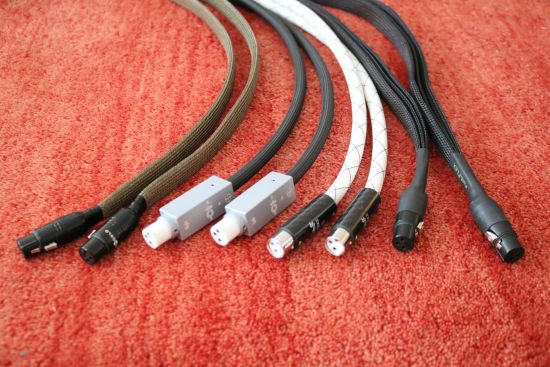
Left to right: Final Touch Audio Ganymede, CH Precision Balanced Link, Vermouth Reference and FoilFlex
To put everything in perspective, if we regard the CH Balanced Link as perfectly neutral then the Ganymede is on the unforced, free-flowing side and the Vermouth Reference is on the solid, chunky and full-bodied side, where does the FoilFlex fit in? Right beside the CH Balanced Link, in the utterly neutral camp. Like the CH, the FoilFlex cables do not add any character of their own yet they do not inhibit ripe textures and euphoric richness if these are in the recording.
Tonally, the FoilFlex interlinks are extremely neutral and their precision and lack of blur will reveal a dry recording for what it is. Don’t expect them to make something sound smoother or nicer than it is. They do not, however, impart any dryness on the sound themselves, they are actually very fluid and continuous.
At this point, I think I’ve pretty clearly illustrated how the FoilFlex cables behave in terms of character and sound and that brings us to the more complex matter of soundstaging and depth perception.
Maybe it is because the FoilFlex cable does not have the same kind of capacitive effect as more regular cables with thick sleeves, I can only guess, but the audible effect, in any case, is that the cables don’t seem to add any thickness to the sound and this is revealed as a very welcome immediate, unfiltered and fast sound. But as a welcome deviation from the established wisdom (and experience in practice with a certain other brand of flat cables), the FoilFlex cable definitely does not sound tonally thin. Yet, there is something about the dimensionality of the soundstage. Vocals, in particular, are positioned very clearly in the lateral plane (left to right) between the speakers but the sense of them possessing depth is less apparent than with either of the other cables. With the Vermouths, in particular, vocals and large instruments such as pianos appear to possess more “3D” body and substance. But is this really the case? Honestly, I can’t be sure. Upon first switching to the FoilFlex interlinks I heard very clearly that the soundstage moved forward a little and that the perception of depth diminished. But, upon switching back to the CH or the Vermouth cables, what I hear mostly is a reduction in the overall precision and transient sharpness, only to wonder if the stage is really deeper or that it only seems that way because the sound is less precise. I should also add that an inherently more precise sound is often perceived as flatter and/or more forward, be that in the analog or digital realm.
As I know that some people are more sensitive to this than others I think this will be a matter best left to the judgment of the end-user. Given that the perceived deeper sound goes along with more blur and imprecision it would depend heavily on the rest of the system what I would prefer. In my case, I appreciate the extra crispness much more than I miss the perceived depth.
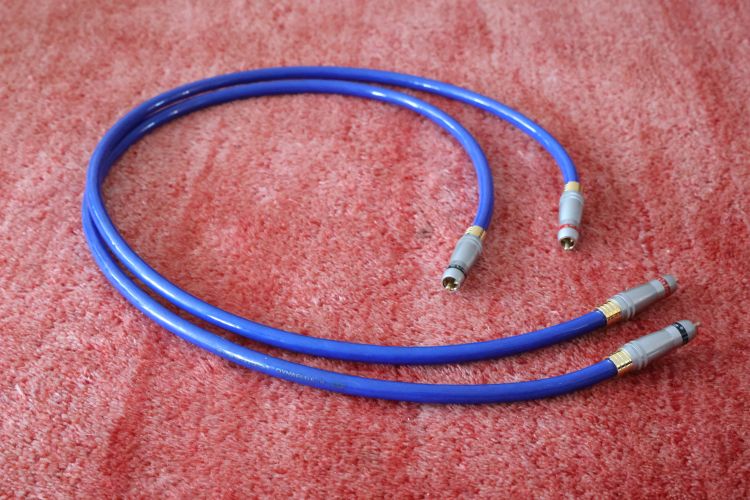

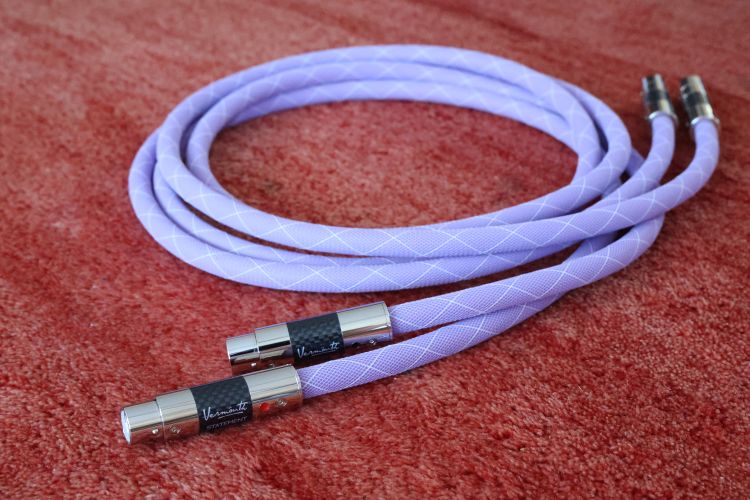
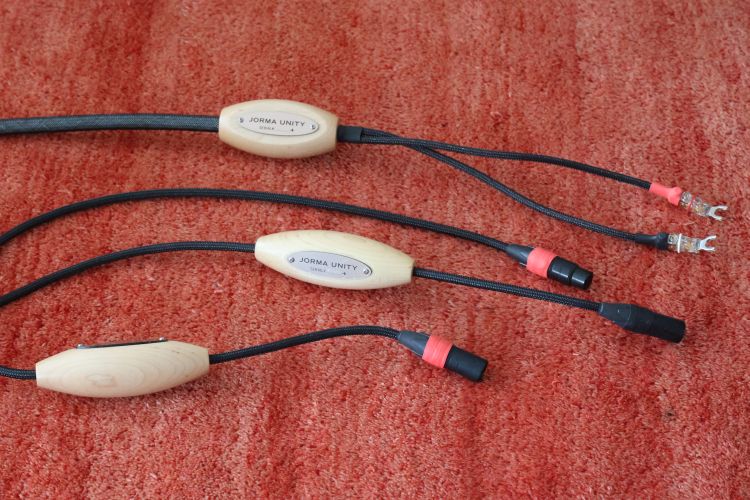
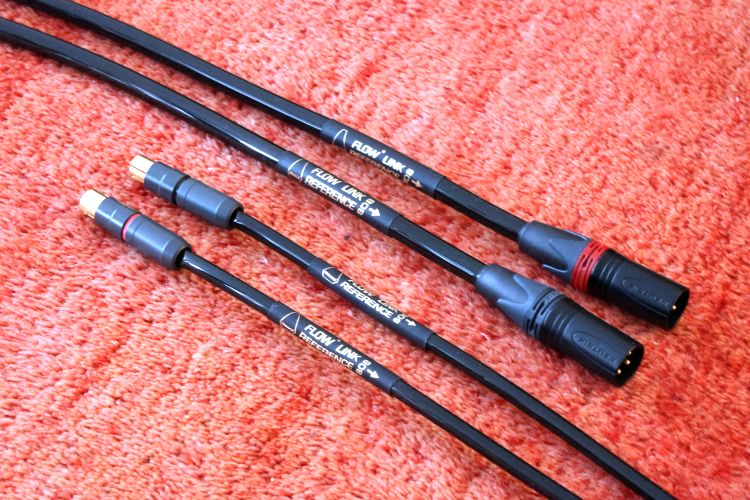
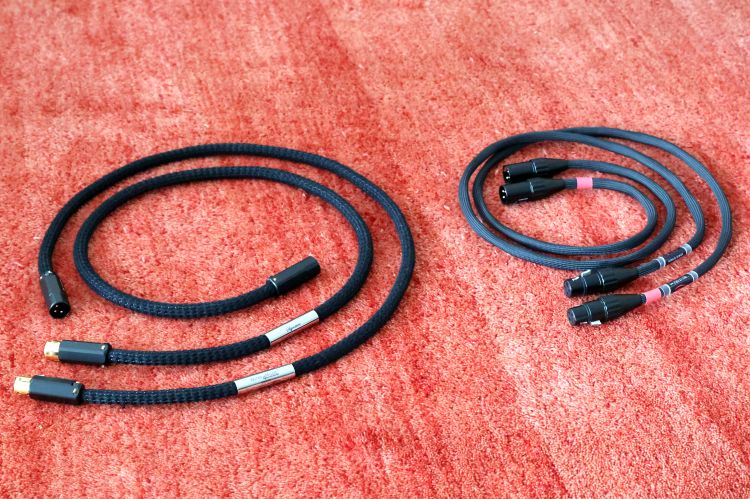
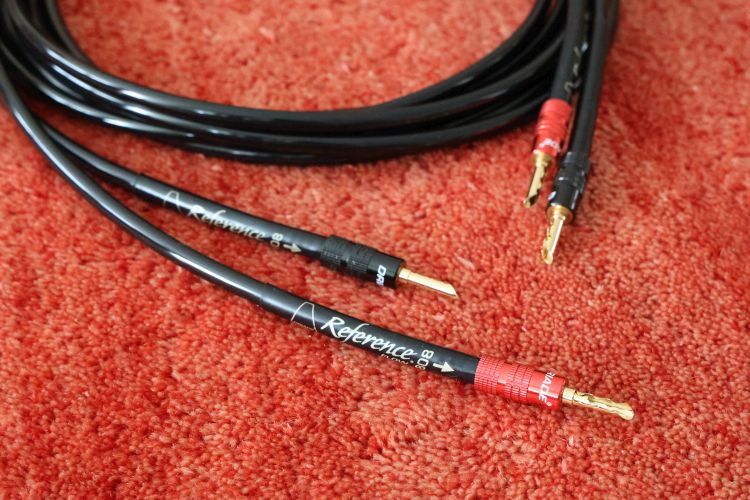
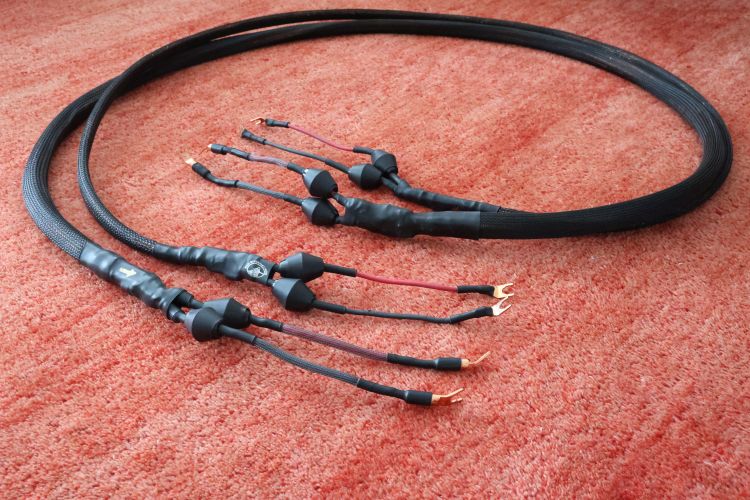
Hi Christiaan,
I have the Aqua Formula (v2), Pass int-30A, with Devore Gibbon X. I am hoping to upgrade to Flow 405 as speaker cable. What would you suggest for interconnect? My goal is to bring realism and big sound stage to my system.
Thank you,
Mike
Hi Mike, There are many variables making it hard for me to advise you in this properly. For instance, realism can mean different things to different people. Also, with some cables, a big soundstage can potentially come at the expense of precision in focus or vice versa. In any event, ideally, I answer questions related to the article that they are associated with. So, since you posted under the FoilFlex article, I’ll add that these cables do not throw the deepest soundstage but they do have very clearly focused imaging within the speakers, very good articulation (one of the factors that provides realism for me) and a realistic timbre.
Hi Mike, depth perception is a function of psychoacoustics and it ties in with precision in the time domain. On the other hand, some cables can sound very wide or very deep while not being very accurate. It’s often a matter of choosing between the two. While the Vermouth throws the deepest sound “bubble” and its full-bodied sound lends body to instruments making them appear more 3D, the Foilflex is faster and more accurate. The latter may feel less deep and 3D but its higher precision makes that the stereo imaging (and thus the actual depth as registered in the recordings) is more precise than with most other cables. The FTA Ganymede is more precise than the Vermouth but not quite as articulate and snappy as the FoilFlex. In terms of imaging, it falls somewhere between the two. Its special attributes are its delicacy and super-fluid, relaxed and free-flowing delivery.
Hi Christiaan,
Compared with Ganymede and Vermouth Reference, which one of these 3 interconnect would provide more depth and within the depth, provides the most 3D holographic experience,
Thanks,
Mike
Hi, Christian
thanks for your advice to FoilFlex.
Bought some RCA interlinks and they are sounding really great in my system.
Regards Gerd
I like your comments and with very most – I agree wholeheartedly
exception your comment to JR 201’s
Hi Gerd, nice to hear it! As for the 201’s, by all means, do let me know your findings in a comment under that particular review and I will be happy to respond and clarify.